Island Living (Part 1)
Kitchen islands are the focal point in many modern kitchens supplementing worktops and providing an extra cooking, food prep or socialising area.
Open-plan living is a key trend and one of the most important features of an open-plan kitchen design is arguably, the island. As well as providing the focal point and a casual dining and entertaining area, it often marks the space where the kitchen ends and the living space begins.
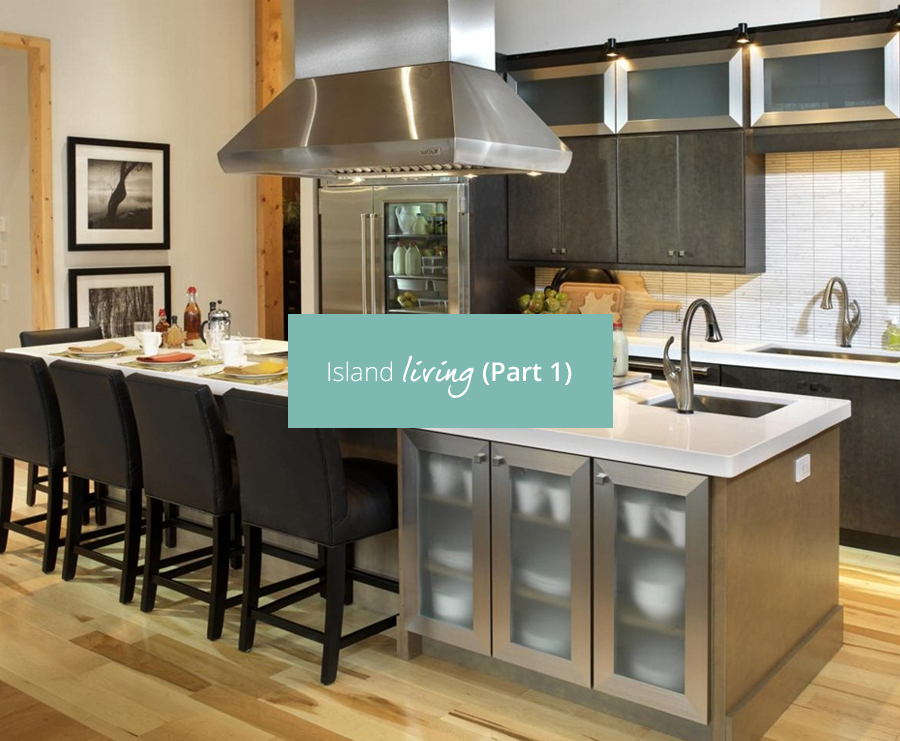
Kitchens have evolved massively over the years. They have become more than just places to cook – they are now also commonly used for hosting and entertaining too. It is estimated that one in four homeowners now also use the kitchen table as a makeshift workplace rather than having the traditional separate home study.
As a result of these changes in lifestyle the popularity of kitchen island units has soared, offering an ideal way to maximise space, introduce additional seating, create an informal space and ensure the kitchen really is the hub of the home.
More recently the trend for kitchen islands is for high-impact, statement designs - the bigger the better! The kitchen island is often treated as a separate piece of furniture highlighting its position as the visual and social focal point of the whole open-plan design, being both the room divider as well as the link to the dining and/or living area.
Many kitchen islands are the more traditional one block rectangle design. However, more and more, kitchen designs are incorporating islands with different heights or textures. In even larger kitchens, having more than one island with a work surface acting as a bridge is popular. By introducing different shapes, such as an L-shape, and creating different levels, islands units are becoming more interesting than ever before.
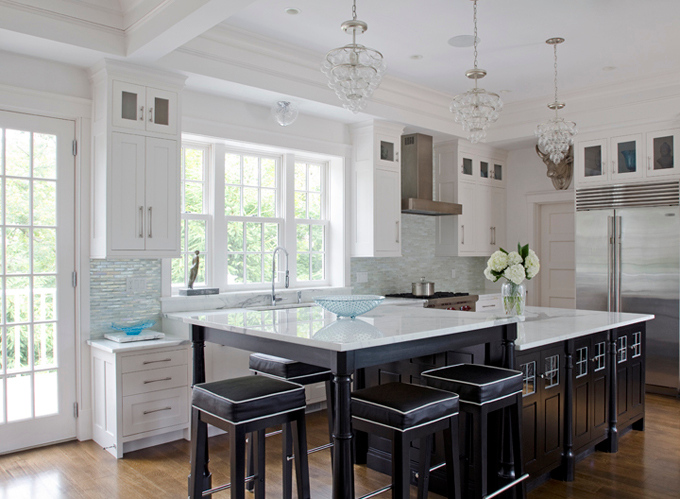
A kitchen island can also provide great storage space and can be designed to suit the different sides they face. For example, the inner side to the working kitchen can provide deep, wide drawers perfect for pans and utensils. The outer side can feature open shelving to display decorative items fitting in with the living space that it looks out towards, helping blend the spaces together.
Whether a more traditional design or a statement piece, it’s worth noting that kitchen islands can present challenges which need to be thought through carefully before installing.
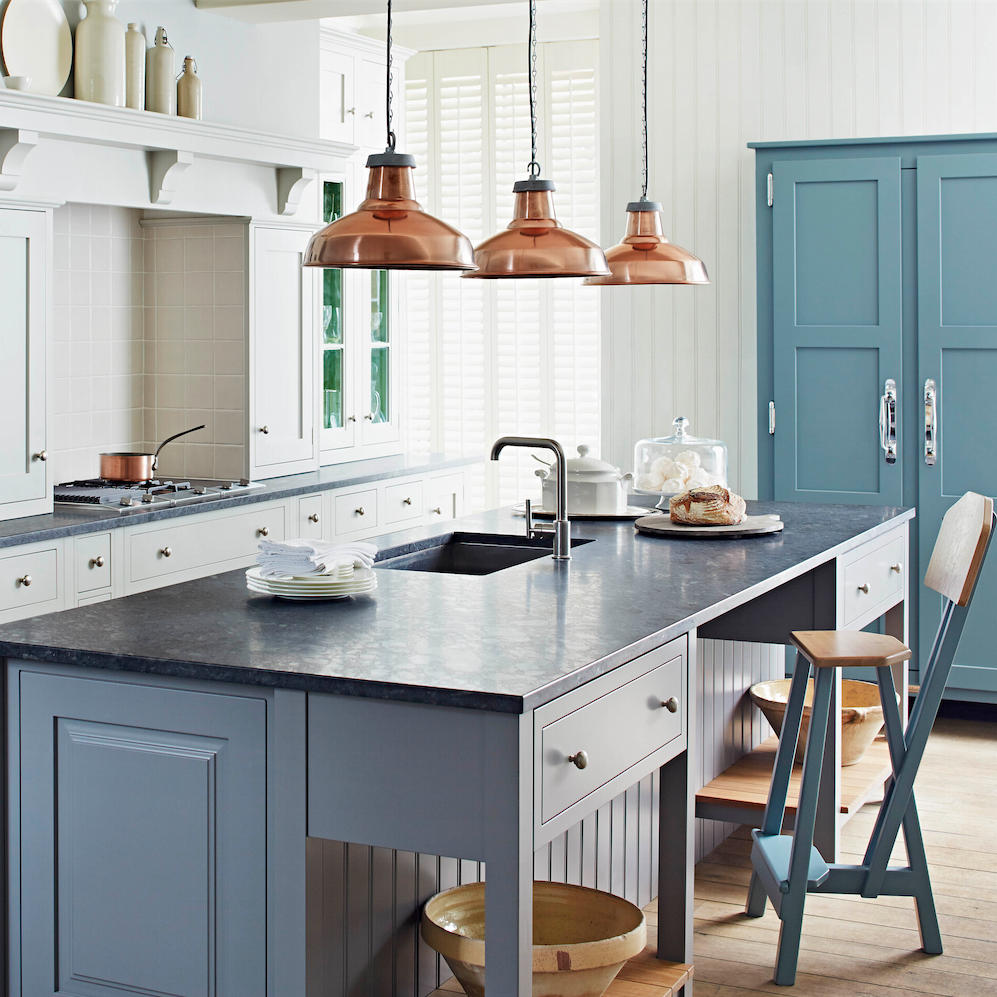
Plan which appliances need to be incorporated within the island unit as electrics and plumbing will need to be allowed for before installation. If incorporating a hob, consider extraction. Floating extractors may be the answer which are offered as a design piece as much as a functional appliance. Lighting also needs to be considered carefully – there are many light fixtures and fittings on the market that have been solely developed for islands. And don’t forget power such as pop-up sockets or power sockets / USB sockets under worktops for powering up appliances as well as other smaller electrical devices.
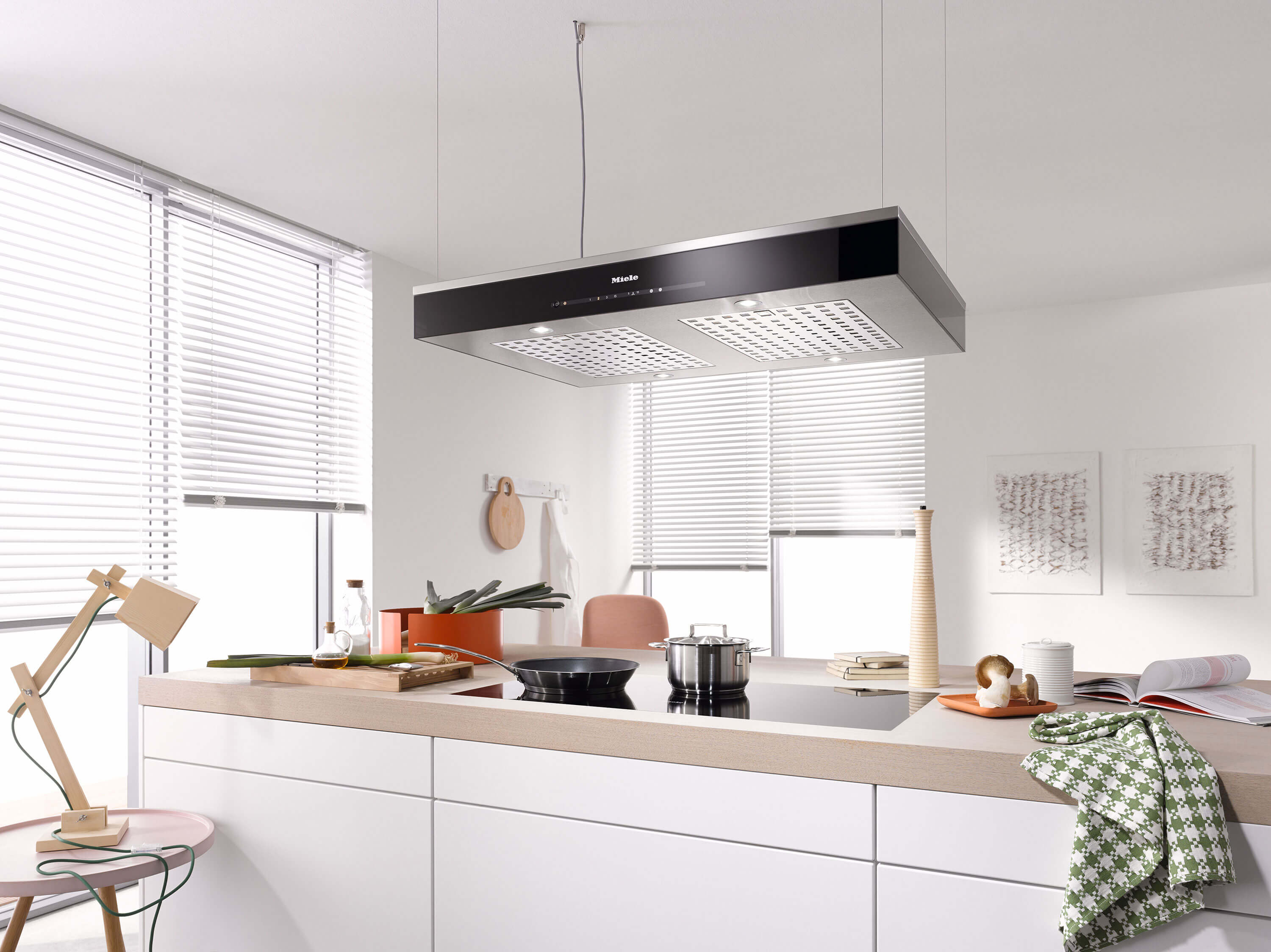
Plenty to think about if considering installing an island. Kitchen Compare’s next blog looks at which type of island might work best for you.
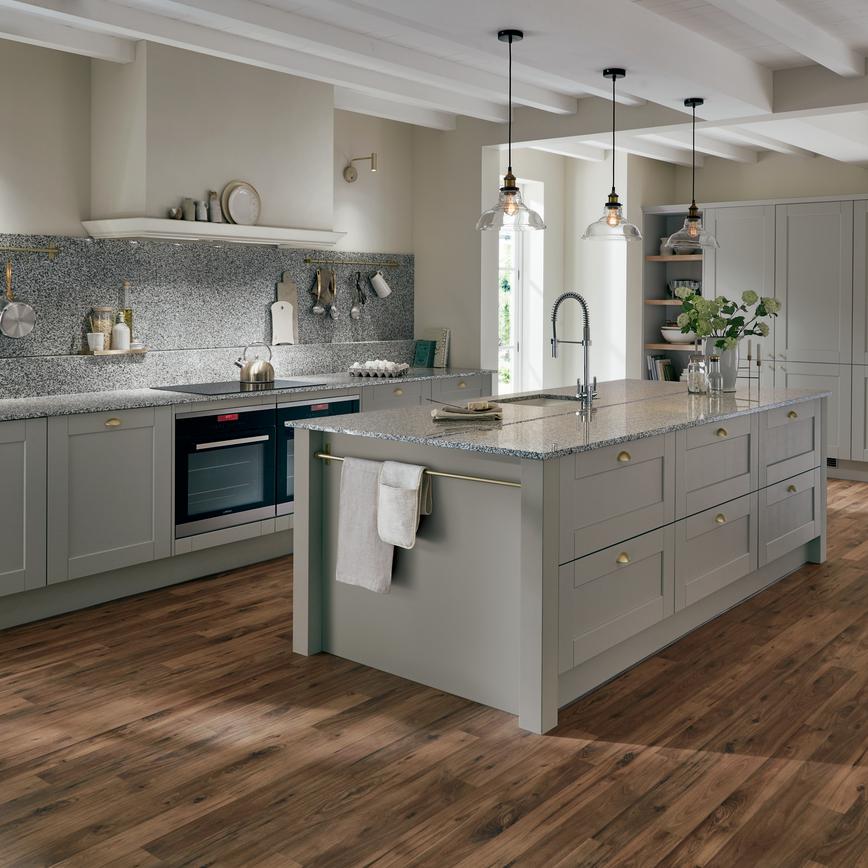
The Compare Network
Copyright – Insight Retail Group Ltd 2025 All rights reserved